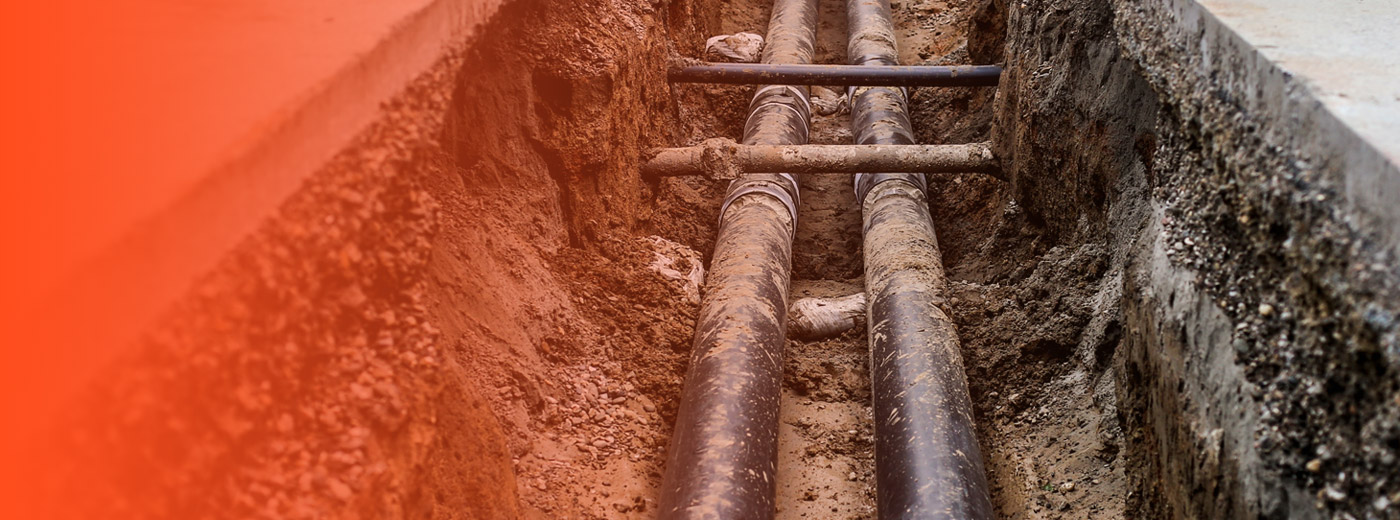Sewage systems represent one of the most critical infrastructure components in urban and industrial environments. These systems ensure the efficient transport and treatment of wastewater. However, leaks in sewage systems pose a range of significant risks, from environmental damage to public health crises. For professionals in water management, municipalities, and infrastructure maintenance, understanding and addressing sewage leaks is paramount to sustainable urban development and operational efficiency.
Defining Sewage Leaks and Their Causes
A sewage leak refers to the unintentional release of untreated or partially treated wastewater from pipelines, manholes, or ancillary system components. Key factors contributing to sewage leaks include:
- Aging Infrastructure: globally, many urban sewage systems exceed 50 years in operation. For example, in the United States, over 30% of pipelines are considered beyond their design life, significantly increasing the risk of failure¹.
- Corrosion: exposure to hydrogen sulfide (H2S) gas in sewage can lead to sulfate-reducing bacterial activity, causing internal pipe corrosion and structural weakening.
- Ground Shifts: natural phenomena such as earthquakes or soil subsidence can misalign or fracture pipelines.
- Tree Root Intrusion: roots often penetrate joints and cracks in search of water, exacerbating existing vulnerabilities.
- Improper Maintenance: a lack of routine inspections, coupled with deferred maintenance budgets, accelerates systemic degradation.
Impacts of Sewage Leaks on Environmental and Structural Systems
Environmental Risks
Sewage leaks can have devastating ecological consequences, including:
- Waterway Contamination: raw sewage introduces pathogens (e.g., E. coli and Salmonella), heavy metals, and excess nutrients into water systems. In 2021, untreated sewage in the Ganges River affected the drinking water for millions in India, leading to public health emergencies².
- Soil Degradation: prolonged sewage exposure alters soil composition, affecting vegetation and local ecosystems.
- Air Pollution: leaks release methane, hydrogen sulfide, and ammonia gases, contributing to localized air quality issues.
Structural Consequences
- Building Foundations: infiltration of sewage water beneath structures can erode soil, leading to uneven settlement and structural integrity loss. For example, in 2020, a sewage leak in Fort Lauderdale, Florida, spilled over 200 million gallons of sewage into neighborhoods and waterways, leading to significant damage to infrastructure and costly repairs³.
- Road Infrastructure: chronic leaks weaken subgrade materials, increasing the likelihood of sinkholes and road collapse, such as the 2014 Baltimore sewer collapse that disrupted traffic and required $15 million in repairs⁴.
Public Health Implications
Human exposure to untreated sewage is associated with outbreaks of waterborne diseases such as:
- Cholera: outbreaks in Yemen linked to sewage mismanagement resulted in over 1.2 million cases in 2017⁵.
- Hepatitis A and E: contaminated water sources are common vectors for these viral infections.
- Antibiotic-Resistant Bacteria: sewage systems are breeding grounds for antibiotic-resistant microbes, which can enter the wider environment.
Sewage Leak Detection Methods
Traditional methods
Historically, sewage leak detection relied on reactive, localized approaches, including:
- Visual Inspections: crews physically inspect access points, often requiring hazardous conditions and extensive time commitments.
- Smoke Testing: non-toxic smoke is injected into pipes, identifying leaks by where it escapes. While useful, it is unsuitable for deep or remote systems.
- Dye Testing: colored dye is introduced into sewage lines to trace potential contamination sources in nearby water bodies.
- CCTV Inspections: robotic cameras provide internal pipe views, allowing operators to assess damage directly. However, this method is labor-intensive and limited to sections of the network.
Emerging Technology: ASTERRA’s Satellite-Based Detection
ASTERRA utilizes Synthetic Aperture Radar (SAR) from satellites to identify underground moisture anomalies consistent with leaks. This method enables:
- High-Precision Leak Localization: by detecting the signature of sewage water in the soil, ASTERRA can pinpoint leaks within a small buffer zone to within meters, even in densely urbanized or vegetative areas.
- Comprehensive Area Coverage: unlike traditional methods limited by physical access, satellite systems survey thousands of square kilometers in a single scan.
- Minimal Intrusion: operators can identify problems without disrupting above-ground operations.
Key Advantages
- Cost Savings: a case study in Texas demonstrated that ASTERRA’s technology reduced detection costs compared to traditional methods.
- Proactive Maintenance: early identification allows municipalities to address minor issues before they escalate into catastrophic failures.
- Environmental Safeguards: rapid response mitigates environmental damage, as evidenced in projects across Europe where ASTERRA prevented raw sewage from contaminating rivers and wetlands.
Sewage leak detection is not just a technical challenge but a strategic imperative for infrastructure sustainability and community well-being. For professionals in water system management, integrating advanced technologies like ASTERRA’s satellite-based detection offers opportunities to modernize operations, reduce costs, and minimize environmental impacts. By leveraging data-driven approaches and proactive maintenance strategies, municipalities and utilities can enhance resilience, safeguard resources, and ensure long-term reliability of critical sewage infrastructure. These innovations empower decision-makers to address today’s challenges while planning for the future with greater confidence and efficiency.
For water operators, municipalities, and policymakers, the integration of satellite-based technologies like ASTERRA offers an unparalleled opportunity to modernize infrastructure management. By adopting these solutions, stakeholders can:
- Enhance Operational resilience: Build data-driven frameworks for asset management.
- Protect Communities: prevent public health crises through early intervention.
- Optimize Budgets: allocate resources efficiently by prioritizing high-risk areas.
¹https://www.asce.org/
² https://timesofindia.indiatimes.com/city/varanasi/ganga-pollution-expert-points-outlapses-in-sewage-treatment-system/articleshow/84076203.cms
³ https://www.nbcnews.com/news/us-news/more-211-million-gallons-sewage-fort-lauderdale-s-waterways-n1137916
⁴ https://www.baltimoresun.com/2019/07/13/why-do-sinkholes-seem-so-common-in-baltimore-the-city-has-a-long-history-of-unpredictable-infrastructure/
⁵ https://www.emro.who.int/pandemic-epidemic-diseases/cholera/outbreak-update-cholera-in-yemen-19-december-2017.html

